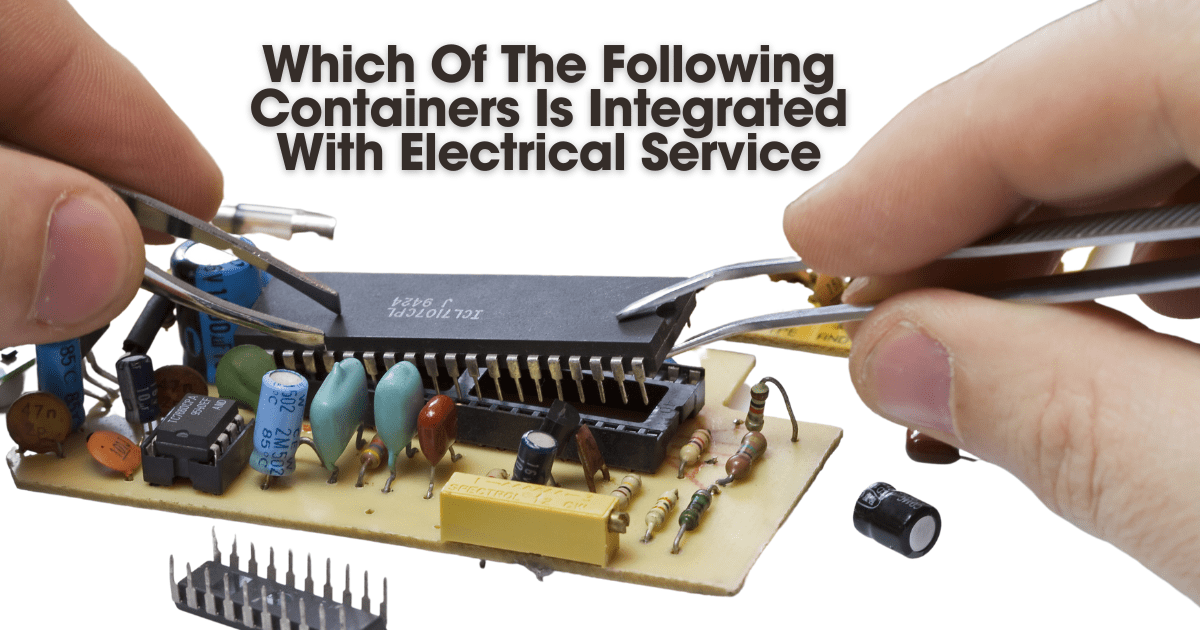Too Many Requests from Your Network
Please complete verification to access this content.
As electric vehicles (EVs) become increasingly popular, the need for accessible charging infrastructure grows. Installing an EV charger at home not only offers convenience but also ensures your vehicle is always ready to go. If you’re considering making the switch to electric, here’s a step-by-step guide to installing an EV charger at home in the UK.
1. Assess Your Home’s Suitability
Before diving into installation, assess whether your home is suitable for an EV charger installation. Check for the following:
- Off-Street Parking: You must have off-street parking, such as a driveway or a dedicated parking space.
- Electrical Supply: Ensure your electrical supply is adequate to support an EV charger. Most modern homes should have sufficient capacity, but an electrician can confirm this.
2. Choose the Right Charger
There are various types of EV chargers available, but the most common are:
- Slow Chargers (up to 3kW): Typically used for overnight charging.
- Fast Chargers (7-22kW): Suitable for faster charging, ideal for daily use at home.
- Rapid Chargers (50kW+): Usually found at public charging stations, less common for home installations.
For home use, a fast charger is usually sufficient unless you have specific needs requiring rapid charging.
3. Select a Charging Point Provider
In the UK, you can choose from several government-approved OLEV (Office for Low Emission Vehicles) grant providers. These providers offer grants to reduce the cost of your installation. Popular choices include Pod Point, BP Chargemaster (Polar), and EO Charging.
4. Get Quotes and Arrange Installation
Once you’ve chosen a provider, they will conduct a survey to assess your home’s electrical setup and provide a quote. This quote will include the cost of the charger and installation, minus any applicable government grants.
5. Apply for OLEV Grant
Most installations are eligible for the OLEV grant, which covers up to 75% of the installation costs, up to a maximum of £350 (as of July 2024). Your chosen provider will handle the grant application process on your behalf.
6. Schedule Installation
After accepting the quote and receiving confirmation of the grant, schedule a convenient time for installation. The installation itself typically takes a few hours and involves mounting the charger, connecting it to your electrical supply, and testing it.
7. Register the Charger
Once installed, your installer will register the charger with your electricity supplier and ensure it meets all safety standards.
Conclusion
Installing an EV charger at home in the UK is a straightforward process that begins with assessing your home’s suitability and ends with enjoying the convenience of charging your EV overnight. By following these steps and leveraging available grants, you can make the switch to electric vehicles with confidence, knowing you have a reliable charging solution at home.
Embrace the future of transportation by taking the first step towards installing an EV charger today. Not only will you contribute to reducing emissions, but you’ll also experience the benefits of lower fuel costs and a cleaner environment. Happy driving!



